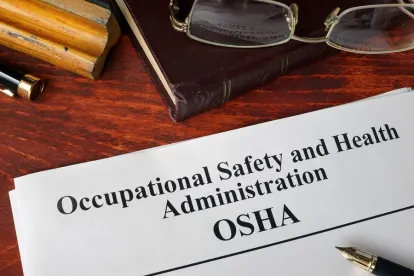The Second Circuit offered no valentines to employers on Wednesday when it affirmed a citation issued to Triumph Construction Corporation by the Occupational Safety and Health Administration (OSHA) for a repeat violation of an excavation standard and allowed an assessed penalty of $25,000. In doing so, the court permitted OSHA to utilize a longer look-back period for a repeat violation than was outlined in the agency's written policy.
On August 22, 2014, a Triumph employee was injured in a cave-in at a lower Manhattan excavation site. After investigating, OSHA concluded that the injury was caused by Triumph's failure to protect against cave-ins and comply with the applicable standard. OSHA issued a repeat citation because this was the third time the company had violated that standard. The other violations occurred in 2009 and 2011.
Triumph challenged the citation on the basis that OSHA at the time maintained a policy of limiting to three years the look-back period used to determine a repeat violation. Triumph relied on OSHA's Field Operations Manual (Manual), which advised that "a citation will be issued as a repeated violation if…the citation is issued within three years."
The U.S. Court of Appeals for the Second Circuit disagreed with Triumph and stated that neither the Occupational Health and Safety Act nor its implementing regulations "prescribe any temporal limits for determining whether a violation is repeated." The court also was not persuaded by Triumph's reliance on the Manual, noting that it explicitly states that "there are no statutory limitations on the length of time that a prior citation was issued." Further, the Second Circuit determined that the Manual is intended to serve only as a guide and is not binding.
Employers, therefore, should be aware that there are no firm limitations on the look-back period regardless of the Manual. Under President Barack Obama, OSHA revised its look-back period to five years—where it remains today. The Triumph decision, however, is important for the proposition that OSHA is not bound by its stated look-back policy in a given case. Thus, the decision gives the agency a significant arrow in its citations quiver.





 />i
/>i
